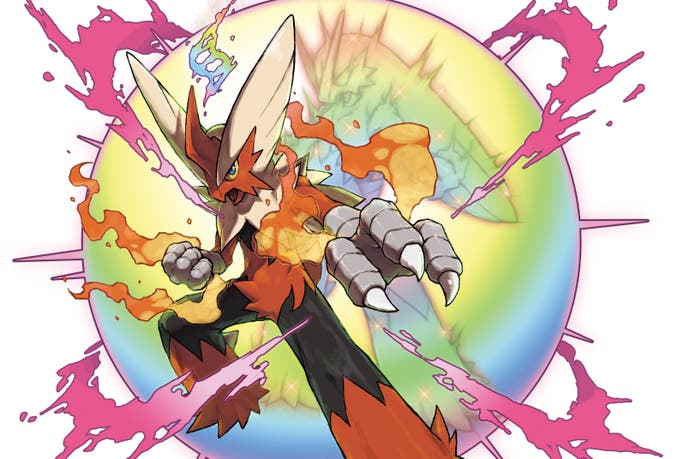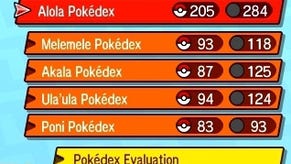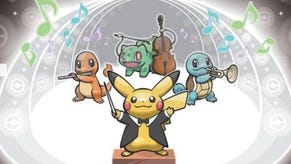Pokémon X & Y review
Zubat alors!
At some point during the creation of a new Pokémon title, the development team makes a journey to the region in which the game will be loosely set. Once there, they hire a knowledgeable cab driver to drive them around the local sights and act as an impromptu tour guide, reporting details that the team will later use to colour their game. With this in mind, you have to wonder whether the Parisian cabbie hired to look after team making Pokémon X & Y - the sixth 'generation' of Tokyo-based Game Freak's world-conquering series - let his imagination run away with him somewhat.

Take the game's prim cafés, for example, which heave with movie stars and famous photographers as if Paris were twinned with Hollywood, or its gilded stately homes which charge tourists 1000 Euros per entry. Then there are the high-rise offices with frontages flecked with flowers and bunting, filled with lab-coated technicians dedicated to studying the local fauna - while, out in the suburbs, teenagers politely roller-skate hand-in-hand and frolic through purple meadows. If this is France, it is France through rose-tinted spectacles. And France isn't the only thing to benefit from Game Freak's tardy but striking 3D recast of the Pokémon myth.
Like most fables ancient and modern, this is a story about the awkward stumble from childhood to adulthood. But unlike most other fables, in Pokémon that story is framed by the world of fantasy cock fighting. Here, any wild animal (and there are now hundreds of species to be encountered - although Nintendo's exacting NDA prevents us from revealing just how many), if sufficiently wounded, may be captured and trained to fight. The game's power (and make no mistake, this is one of the most commercially powerful video games; as of March this year, game sales total more than 245 million) is complex but also somehow primal.
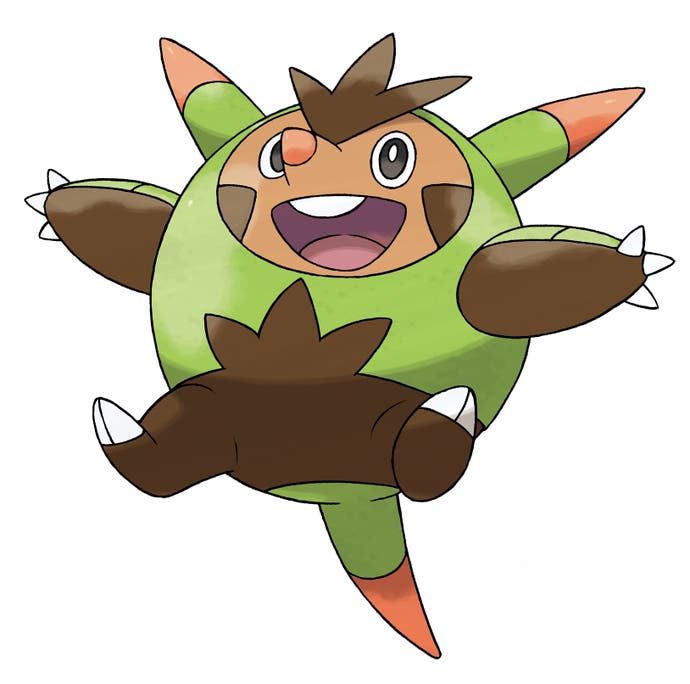
The source of that power is threefold. There's the beguiling, universal story of the child leaving the village and letting go of innocence, a journey mirrored by the creatures you catch en route, which evolve from wide-eyed cuteness into much hardier forms with experience. Then there's the power of custody. Players form a complicated bond of trust and companionship with their Pokémon; young players, perhaps for the first time in their lives, are able to befriend and master monsters rather than fear and flee them. And, finally, there's the power of social competition, battling your finely tuned team of six Pokémon against your friends in the playground, at the water-cooler and, now more readily than ever, online.
This final player-versus-player aspect of the game is so crucial to Pokémon X & Y that it is ever-present on the 3DS touchscreen. The Player Search System connects to the internet each time you play, showing icons that represent other online players around the world, grouped by 'friend', 'acquaintance' or 'passerby'. You can challenge anyone to a battle, trade Pokémon with them and even offer special gifts without even needing to enter a pause menu. There is almost no barrier between solo and online play; Game Freak's execution of this cumbersome design problem is nothing less than masterly.
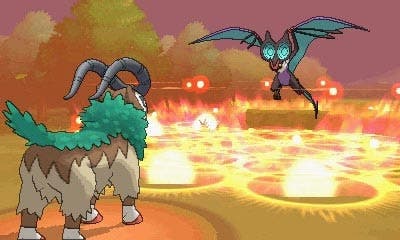
In fact, the 3DS touchscreen is a focal point for all manner of evolutions to a series that has never lacked generosity of imagination. Swipe to the right and the online menu makes way for 'Pokémon-Amie', a Tamagotchi-esque parlour in which you can stroke and pet the six Pokémon you've chosen to make up your primary team, feed them dainty pastries and even play a series of mini-games which yield items that can be used to decorate the room. A well-presented parlour will attract Pokémon owned by other trainers around the online world, who visit and leave valuable gifts.
If that all sounds a little soft, then the next option on the touchscreen, Super Training, allows you to increase individual Pokémon's base stats through a series of soccer ball-based mini-games, focusing on individual stats to, for example, balance a creature whose attack stat vastly outweighs its defence. Used in conjunction with the Technical Machine items you find on your travels (which allow you to teach specific moves to your Pokémon), the scope for minute customisation is vast. 60 hours in, your squad will be uniquely yours, the manifestation of a thousand tiny decisions and victories.

These novelties are, of course, adornments to the Pokémon spine: an adventure in which you travel the game world while attempting to fill your Pokédex, a virtual encyclopedia containing the details of every creature in the game. The game is loosely broken into chapters by Gym Leaders, local Pokémon mavens who must be defeated in sequence, the player claiming the 'badge' of each one they defeat. New Pokémon are, as ever, found in the tall grass and, when captured and trained to a sufficient level, they will evolve into a new form with thrilling ceremony. (In Pokémon X & Y, the potential for evolution is evolved yet further, with temporary 'mega evolutions' triggered by special items during battle.) Pokémon are delineated by type, from the standard earth, fire and water to the more obscure such as 'dark' and faerie', and each type is strong against some and weak against others in what is now the world's most complex game of rock, paper, scissors.
As in Pokémon Black & White, the difference in level between your Pokémon and its foe dictates the size of the post-fight reward, and there are all manner of mechanisms for growing your non-combatant Pokémon, from items that multiply battle rewards amongst the team, to day-care nurseries which level your Pokémon for you while you explore. Even here, outside of the menus, the additions are many and varied. You character communicates with his or her friends via hologram messages while mob battles force a random adjusting of tactics with one-on-six encounters. A ludicrously well-featured virtual camera allows you to take photographs at scenic spots, adjusting everything from aperture to depth of field in order to secure the finest shots; you can even cultivate a field of berry trees.
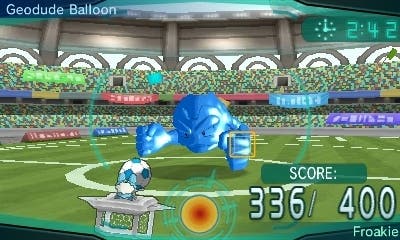
There are a few niggles. Again, the process of depositing and withdrawing captured Pokémon is needlessly overlong and fussy. Some of the physical puzzles that must be cleared to progress the story are clumsy. On the technical side, the stereoscopic 3D effect is limited to battles, and in some locations the way that the camera tracks your character's motion will make even the most firmly rooted player feel somewhat giddy. The story is thin and melodramatic and its tone is sometimes jarringly preachy. ("Accept the ways of living and thinking that sometimes conflict with your own; This will truly broaden your horizons," offers one character. It's a wise sentiment, no doubt, but one that feels somewhat out of place in a game so red in tooth and claw.)
Nevertheless, Pokémon X & Y is the finest expression of Satoshi Tajiri's obsessive vision yet. The transition to 3D is smooth and natural and the multitudinous additions to the proven formula will excite even the most jaded Pokémon fanatic. Meanwhile, the kernel of Pokémon's appeal - filling every blank in that collection, catching 'em all - remains resolutely undiminished after all this time. For the young, the game is a soothing promise that, if you work hard, concentrate and look after others, victory and success will be yours. For the young at heart it's a warm reminder of the childlike thrills of discovery, compilation and care.
